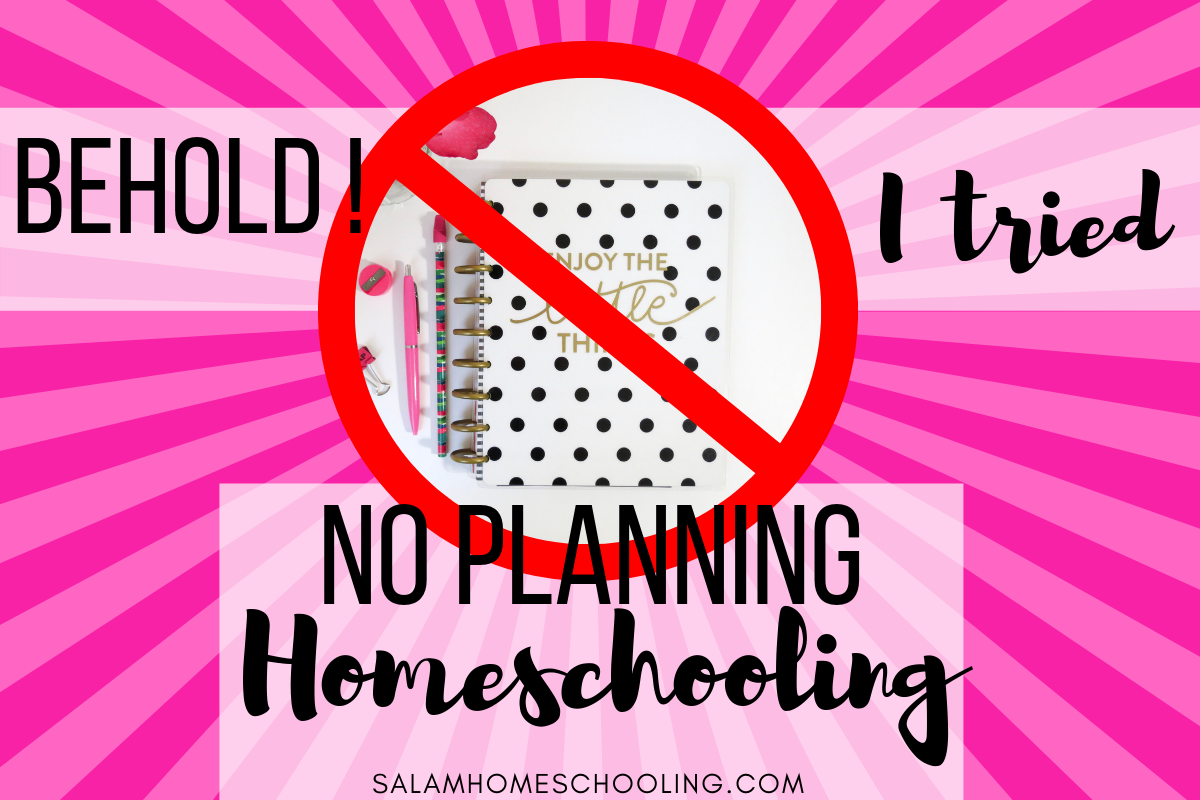NOW UPDATED WITH 5 NEW PAGES! (links below or click on images)
Over the last few years, millions of people have used and benefitted from – or, at the very least, heard about – the bullet journal method (a useful introduction to what the method is here). It is so popular because it can be really helpful: A hybrid between a planner and a journal that is completely customisable. It is a simple, inexpensive tool to track your to-dos, organise your thoughts, set your goals and work towards them, track your habits and, in general, keep every thought that is worth keeping, so that you can find it again.
Why a Ramadan Bujo?
The thing about Ramadan is that it is one month of the year. A month that, for the believer, bears rewards like no other. A month that must be used well; a source of mercy that we must squeeze to the last drop. Sometimes, and for some people, the feeling of anticipation that accompanies it can be tinged with anxiety: Will I live up to the standards I hold?
Some of the concepts and techniques of the Bullet Journal Method can be easily applied to the goals of a Muslim in this blessed month, for spiritual productivity, reflection and self care: Know what you want from this time, be conscious of how you spend it and be grateful for every act of worship that you carry out, however small.
A Ramadan Bullet Journal can definitely help with that, in sha’ Allah.
Who is this for?
Anyone who can write can benefit from this simple resource at his or her level. I will be using it and I will make copies for my children. My older two (aged 13 and 10) will probably write or doodle in it and use the trackers, especially as a distraction if they get tired or hungry during the day. My 5 year old will want her own copy, not to feel left out, and I expect she will just doodle in it or try write a few words.
Different people will find some of the pages I offer more useful or more appealing than others. Print or copy what applies to you.
Several of the pages can be used in different ways: An 8 year old might not have lots of appointment and deadlines to keep track of in the calendar, but she can use it to write a memory or highlight for each day (more on this below).
How to use it
If you already are a lover of bullet journaling and you enjoy spending some time with your stationery (*rubs hands*), you might prefer to use these pages as inspiration and copy them out onto your notebook.
If that is not your cup of tea or, like me, you need multiple copies and don’t have the time (or patience!) to create them all by hand, print them out and either stick them on the pages of a notebook, bind them into their own booklet or punch them and add them to a binder or to your existing planner.
Please note that, if you plan to use the daily planner/journaling page (the very last of the file) you will need to print out 30 copies of it, one for each day. The same applies to the Qur’an Mind Map: they are note taking pages and you might need to print out more as you go.
What pages are included?
The 1442 Ramadan Bullet Journal comes in two different accent colours (both easy on your printer!): Gold and Blue. Each of them has two cover designs to choose from (I simply couldn’t settle on one). Each of the two colour versions includes the same pages:
- Monthly grid (a hijri/gregorian calendar): Appointments/deadlines, or daily highlights, or daily memory, or lesson tracking, or daily doodles, or shorthand journaling, or meal planning… side column could be used for a running to-do list or notes. Note: Hijri dates are left blank for you to fill in once the moon is sighted!
- Monthly log: the horizontal version of a calendar, you can use it for any of the uses of the monthly grid.
- Gratitude log
Fast tracker and Qur’an Tracker: colour in or mark the fasting hours for each day.(PLEASE NOTE THESE PAGES HAVE BEEN REMOVED, AS THE SCHOLARS STATED IT IS NOT LEGISLATED TO TRACK ACTS OF WORSHIP. See below for new additions!)- NEW! “Fast Aid” Kit: A spread to help you pinpoint your struggles during the fast and reflect on what could help, with encouragement to find evidence from the authentic sources of Islam.
- Sleep tracker: colour in or mark your sleeping hours for each day.
- Mood tracker: colour code your mood and choose a prevalent one for the day.
- Iftaar gallery: doodle (or record) your iftaar every day.
- Small victories: Record something that you are happy to have accomplished each day.
- NEW! Qur’an Words: Increase your Arabic vocabulary and linguistic knowledge – one word at a time! Choose a word from the Qur’an each day. You may add a note on the meaning or usage in the space provided.
- NEW! Qur’an Quotes: Have you ever read an ayah that really touched your heart and thought “I must remember this one” but then you carried on reading and forgot to make a note of it? This is the page for you!
- Qur’an Mind Map: Use these pages to write down tafseer or linguistic benefits. You can chose between 4 designs depending on how many section you want the page to be divided in (4 section in one page, down to 1 taking the whole page) and how much you want to write for each surah/ayah.
- Ramadan goals: think about what is important that you achieve this Ramadan, reflect on the steps that will take you there in sha’Allah and record your progress.
- NEW! Iftaar Notes: Make a note of your favourite iftaars, or those you would like to try, or the most memorable ones that your family will always associate with Ramadan 1442/2021! You could also use it as a collection to come up with your own recipes, to build healthy meals and even count calories or track macros.
- NEW! Super Suhoor: This collection was inspired by a comment suggesting I create something with a healthy eating theme. Nutrition is more important than ever when we are fasting, so you can use this page to create ideas for your ideal suhoor, to note down new ideas and recipes or to make note on the beneficial properties of the various foods you want to include. It can be used to teach children the importance of heathy eating.
- Ramadan daily page: inspired by the layout of popular bound planners such as Hobonichi and Stalogy, this page has a timed column on the left and space for notes, journaling or anything you want to write. Beside the date, you can also record the weather and the phase of the moon.
A reflection of your Ramadan efforts
You don’t need a bullet journal to be successful and make the best of Ramadan: Sincerity to Allah and hard work are all a believer needs. But, if used throughout (even if you skip a few days and have to play catch up a little!), a bullet journal can become a reflection of your efforts in Ramadan; it can collect your best moments and your struggles on the journey to become a better worshipper, in sha’ Allah; it can also act as a memory keeping tool, recording the development of our growing children as Muslims.
I ask Allah to let us reach Ramadan, to let us strive in it, sincerely seeking His pleasure and to shower us with His Mercy and Forgiveness!
FREE DOWNLOAD Ramadan Bullet Journal – GOLD (UPDATED)
FREE DOWNLOAD Ramadan Bullet Journal – BLUE (UPDATED)
If you download and use this printable, or if it inspires you to create your own Ramadan bujo, please share on instagram and tag @salamhomeschooling in sha’Allah!





























